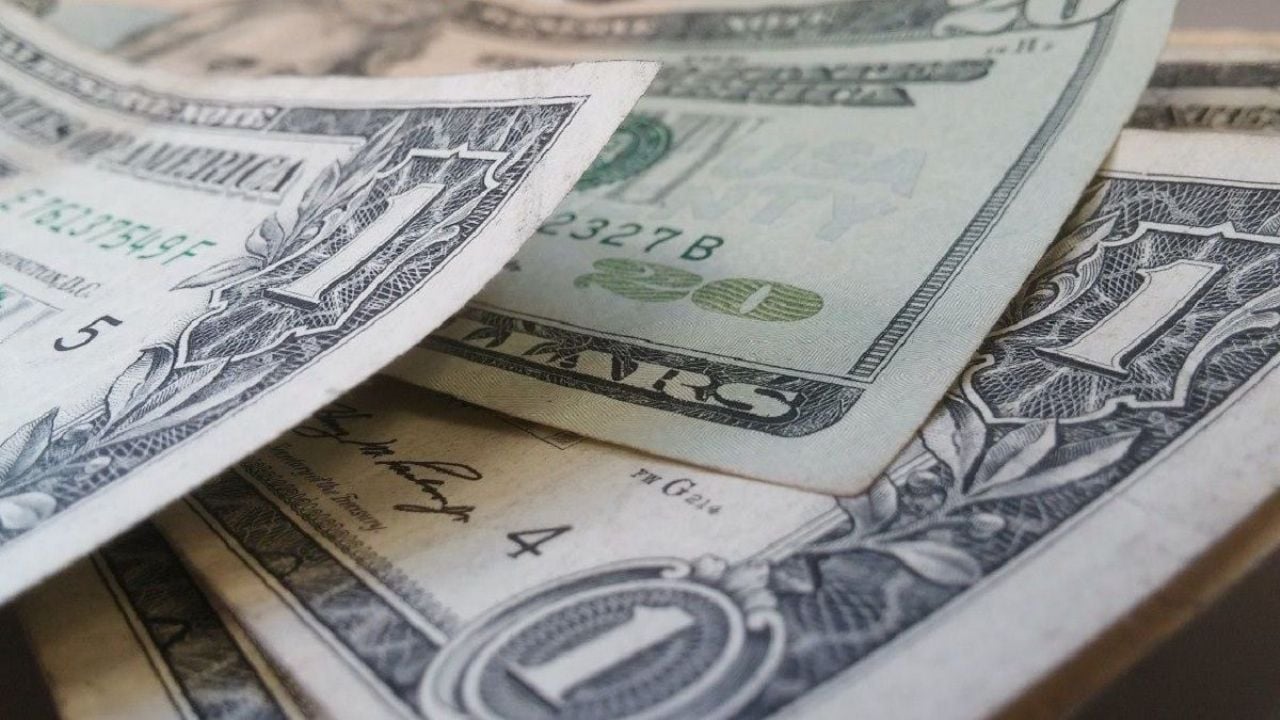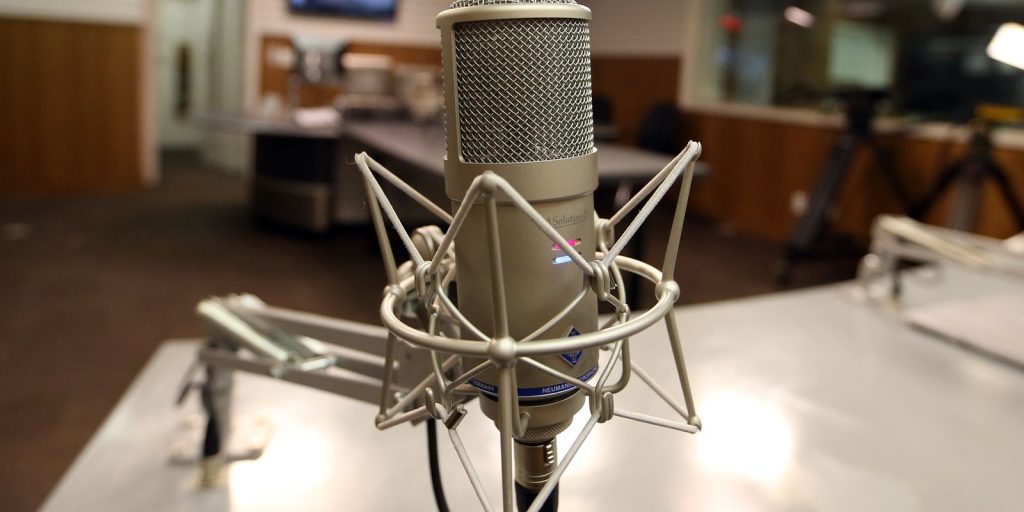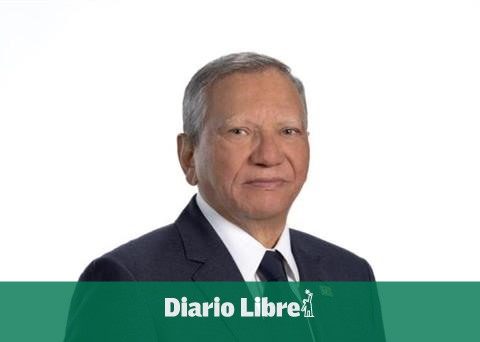Last week the price of dollar In Argentina, the crisis continued to be a topic of great interest and concern for both citizens and economic analysts. The volatility of the exchange market and the fluctuations in the different dollar exchange rates reflect the country’s complex economic situation.
He dollar The official exchange rate, which is the exchange rate controlled by the Central Bank of the Argentine Republic (BCRA), closed the third week of July at $944.50 for sale and $904.50 for purchase. This exchange rate is used mainly for regulated commercial and financial operations, and its quotation is directly influenced by the government’s monetary policies.
Compared to previous days, the dollar The official showed a slight variability of 0.11% compared to the opening session. This relative stability is the result of the interventions of the BCRA in the foreign exchange market, which seeks to maintain control over inflation and avoid an abrupt devaluation of the local currency.
On the other hand, the dollar The blue rate, which is the parallel or informal exchange rate, closed at $1,445 for sale and $1,425 for purchase. This exchange rate is used mainly in unofficial transactions and reflects the market’s perception of the Argentine economy.

Fountain: Dollar Today
The blue dollar showed a variability of 3.56% in relation to the opening session, which indicates a high volatility in the parallel market. This fluctuation can be attributed to several factors, including political uncertainty, inflationary expectations and foreign exchange restrictions imposed by the government.
The significant difference between the official dollar and the dollar The exchange rate gap, known as the exchange rate gap, is an indicator of distortions in the Argentine exchange market. This gap stood at approximately 53%, reflecting the lack of confidence of investors and citizens in the government’s ability to stabilize the economy.

Quotes
This Monday, the dollar The blue dollar is quoted at 1425 for purchase and $1445 for sale. Meanwhile, the official dollar is quoted at $904.50 for purchase and $944.50 for sale.The high price of the blue dollar has several negative effects on the Argentine economy.
First, it increases the cost of imported goods, which contributes to inflation. This affects both consumers, who see their purchasing power reduced, and companies, which face higher production costs. Second, the exchange rate gap discourages foreign and local investment, as investors perceive a high risk and a lack of predictability in the market.














